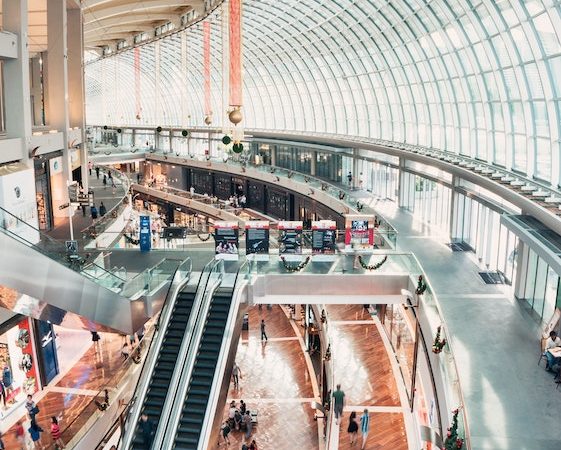Introduction Commercial building design is a realm where artistry and practicality join forces to craft spaces that are not only visually appealing but also highly functional. In this article, we’ll delve into the world of commercial building design, unveiling the principles that guide it, the innovative trends shaping its future, and the seamless fusion of
Introduction
Commercial building design is a realm where artistry and practicality join forces to craft spaces that are not only visually appealing but also highly functional. In this article, we’ll delve into the world of commercial building design, unveiling the principles that guide it, the innovative trends shaping its future, and the seamless fusion of form and function that characterizes this dynamic field.
The Fusion of Aesthetics and Utility
Commercial building design is where aesthetics and functionality converge. A well-designed commercial space should be an artistic marvel while efficiently serving the diverse needs of its occupants. Achieving the perfect balance between form and function is the ultimate aspiration.
Core Principles in Commercial Building Design
1. Efficient Space Utilization
At the heart of functional design lies the optimal use of space. Well-planned layouts aim to maximize usable areas while ensuring adaptability and flexibility. A thoughtfully designed space can streamline workflows, boost productivity, and adapt to the changing demands of businesses.
2. Sustainability
In the modern era, sustainability is not a choice but a necessity in commercial building design. It encompasses the use of eco-friendly materials, energy-efficient systems, and sustainable practices to reduce environmental impact and lower operational costs.
3. Human-Centric Design
Human well-being takes center stage in contemporary commercial building design. Elements such as natural lighting, indoor air quality, ergonomic furnishings, and intelligent spatial planning create spaces that promote health, comfort, and productivity.
4. Aesthetics and Brand Identity
Aesthetics play a pivotal role in commercial spaces by conveying brand identity and creating a lasting impression on clients and customers. Every design choice, from colors to materials, must align with the brand’s values and messaging.

Image by: https://www.itnews.asia/
Innovative Trends in Commercial Building Design
1. Biophilic Design
The infusion of nature into commercial spaces is a burgeoning trend. Incorporating indoor plants, natural materials, and outdoor workspaces enhances employee well-being, creativity, and overall satisfaction.
2. Smart Buildings
Technology is reshaping commercial building design. Smart buildings offer advanced energy management, security, and comfort through automation and data-driven systems.
3. Mixed-Use Spaces
Commercial spaces are increasingly adopting mixed-use designs, combining retail, office, and residential areas. This approach fosters urban vibrancy, community building, and efficient use of urban space.
4. Adaptive Reuse
The renovation of historic or disused structures through adaptive reuse is a sustainable and aesthetically rich trend. It infuses spaces with character and uniqueness, turning them into centers of creativity and innovation.
Achieving the Perfect Symbiosis
In commercial building design, the ultimate goal is the seamless fusion of form and function. It is about crafting spaces that are not just visually captivating but also eminently practical. When aesthetics and efficiency converge, the result is a space that is both beautiful and highly functional.
The Future of Commercial Building Design
The future of commercial building design holds exciting prospects:
- Net-Zero Energy Buildings: Structures that produce as much energy as they consume, reducing environmental impact and energy costs.
- Advanced Virtual Reality Modeling: Virtual reality tools will continue to revolutionize the design process, allowing architects and clients to immerse themselves in planned spaces before construction begins.
- Sustainable and Human-Centric Design: The focus on sustainability and human-centric design will continue to shape the industry, prioritizing people and the planet.
Conclusion
Commercial building design is a testament to the artful fusion of aesthetics and efficiency. It is about crafting environments where beauty and utility coexist in perfect harmony. With the right blend of aesthetics, functionality, and forward-thinking design, commercial spaces become not just functional places but also inspiring environments that leave an indelible mark on all who experience them. This field is a testament to the boundless creativity and innovation within the world of architecture and design.

















Leave a Comment
Your email address will not be published. Required fields are marked with *